A String of Islands and the Coffee Plantations of Java
Inhabited by what can only be described as a uniquely human mosaic of cultures, Indonesia’s islands form the largest archipelago in the world, with more than 13,000 islands and islets! With extremely diverse ecosystems, a fascinating plethora of fauna, and incalculably magnificent landscapes, Indonesia is truly a remarkable land. And as we were travelling down the volcano road on the island of Java, taking our time to stop and explore the colourful Buddhist and Hindu temples where the local religious ceremonies were bursting into life, we found soon found ourselves in the natural vast green vibrancy of the coffee plantations we had come for.
A Sweet and Subtle Taste
Grown on the slopes of the volcano, between 750 and 1550 meters above sea level, Javanese coffee is unquestionably appreciated for both its quality and finesse. It is normally harvested from May to June, and then again from August to September, and with the surrounding environment’s tropical climate it grows cherries that produce beans with sweet and subtly nutty aromas. The flavour profiles can have hints of malt, of chocolate, and of sweetness, and its body is often described as effervescent, while its acidity is medium and bright.
The Origin of the Coffee Cherry
It is in this region that the Typica variety (from which the Bourbon and Blue Mountain variety are descendants) was first spotted and catalogued in the 18th century. After collecting some coffee seeds, a Dutch sailor successfully brought them back to the Netherlands. With Java and Sumatra, a part of the Dutch East Indies at the time, several large Dutch estates were soon established there. After a slow start, exportation of coffee from the area really took off and became a successful international enterprise. It is these 18th century exported mocha beans that are today the ancestors of most of the Arabica coffee grown all over the world.
The Current Coffee Situation
Today, Indonesia produces about 6% (which in 2019 was approximately 10.7 million 60-kilogram bags) of the world's coffee, with farms spread out over the islands of Java, Sumatra, Borneo, Sulawesi, and Bali’s famous ‘Island of the Gods’! Interestingly, it’s actually the small independent farms that produce the majority of the beans on the 1.2 million hectares of coffee crops, with the average farm only being about 1 to 2 hectares.
Coffee Growing in Java
In the 1880s, a rust fungus plague devastated the island of Java, resulting in the loss of the majority of their coffee crops and reserves. Most coffee plants were of the Arabica variety at the time, but following this disaster, the Dutch replanted Liberica, and later Robusta beans. These species are known for their ability to resist disease and also give coffee body and texture.
The Power of Tradition
Coffee is also at the heart of some of the most mysterious Javanese traditions, well to us at least they appear mysterious; like for the worship of the white buffalo, a magical animal on the island, that is presented with offerings of bananas and coffee. Coffee is also an integral part of Javanese wellness and beauty traditions (such as its use in massages, scrubs, face masks, etc.) due to its therapeutic and cosmetic properties. Coffee even has an integral place in funeral rituals, where the deceased is often sent off accompanied by a cup of coffee and a pack of cigarettes.
The Dry or Washed Method
Depending on the location and the cooperatives, local Javanese producers work with one of two methods: dry or washed.
For the dry method, coffee cherries are placed on large concrete slabs on the ground and dried in the sun. Once the pulp has dried out, the fruit is passed through a machine that separates the bean from its shell. The beans are then dried again before being packaged and shipped. Although this process is considered less noble than the washed coffee one, the flavours of the local Java beans lend themselves perfectly to this treatment.
As for the washed method, the harvested coffee cherry is washed to remove the pulp, before following the same steps as the dry method. Wet-processed (or washed) Java coffee is mainly found on the eastern side of the Ijen volcano, at an altitude of about 1400 meters.
Harvested Java
Some coffee beans from old Java estates are aged. This process, which can take up to 3 years, exposes the beans, when they are green, ground, and unroasted, to the warm and humid air. The noticeable colour change from the original green hue to a light brown colour has the added effect of strengthening the bean’s body and flavour to one of an intense woodiness, while also increasing its sweetness and lowering its acidity. These harvested coffee beans can be found under the labels of Old Java Coffee, Old Government Coffee or Old Brown Java Coffee.
What is Kopi Luwak?
Maybe you've already heard of the exceptional Kopi Luwak coffee? Or maybe you know how this coffee is made, or why this coffee, the most expensive in the world, is so unique? What makes it so exceptional is that it’s harvested from the excrement of the luwak, a small Indonesian mammal that is also sometimes called the Asian palm civet. Kopi Luwak has recently experience a renewed popularity in Western countries, becoming the luxury coffee par excellence (a cup of the precious beverage ranges from $30 to $100 in London or New York).
An Intensive Process
After the coffee cherries are collected from the civet's excrement, they are meticulously washed and treated with the utmost care before being roasted. The animal's digestive enzymes are said to reduce the coffee’s bitter notes, imparting a particular and more noble aroma. Some experts still question the product’s flavour qualities, which are said to have a ‘rounder’ and ‘less bitter’ taste.
Kopi Luwak’s Deliciously Ironic Origin Story
The ‘discovery’ of Kopi Luwak dates back to when the Dutch colonists launched the cultivation of coffee beans on the islands of Java and Sumatra (see above). The slaves working the plantations were strictly forbidden from consuming the precious coffee beans they harvested. But the luwak did not seem to care about the rules and happily feasted on coffee cherries at night. Not only did the animal leave behind traces of its sampling, the coffee beans also ended up stripped of their pulp. The slaves decided to collect the excrement, wash off the coffee beans they found, and roast them; which birthed this famous coffee’s clandestine manufacturing. But it wasn’t long before the Dutch settlers got wind of the whole production. Given the difficulty of harvesting this coffee, its rarity and exoticism, the colonists quickly adopted it, and its resale prices soared.
While its origin and process are interesting, it is important to discuss the reality surrounding this coffee’s exclusivity and the impact of the resulting tourism industry. It’s true that the era of hunting for wild luwak excrement with a collector’s fervour seems to be long gone (although traces of it still exist). The reality is that the production of Kopi Luwak in certain regions does unfortunately go hand-in-hand with the overexploitation of this animal, an unfortunate and distressing fact.
Choosing to Support a Responsible Producer
Like many, I was unfortunately unaware of this industry before I first landed in Indonesia in 2006. These days, you have the power to say ‘no’, and to choose not to consume this type of coffee. It’s a little difficult to be sure that the coffee served under the Kopi Luwak label is even really what it says it is. But if you still want to live this tasting experience, I strongly encourage you to be diligent in your research and to find an ‘ethical’ and responsible producer.
Ariane Arpin-Delorme
Author of six books, travel columnist, consultant, college instructor, and lecturer in Tourism Techniques, Ariane Arpin-Delorme is passionate about everything she does. Having traveled to more than 80 countries, she has accumulated a wealth of experience in the tourism industry, including hotel management, tour booking, coordinating charity events, promoting tourism, marketing, travel organization, and teaching. She founded the travel agency Parfums d'Asie some years ago, followed by Esprit d'Aventure in 2013, where she continues to act as an advisor and consultant in customized travel. She particularly loves hiking, biking, scuba diving, and sailing!
To inspire your plans to travel to Indonesia, here are some ideas for customized private itineraries that Esprit d'Aventure would be happy to personalize for you!

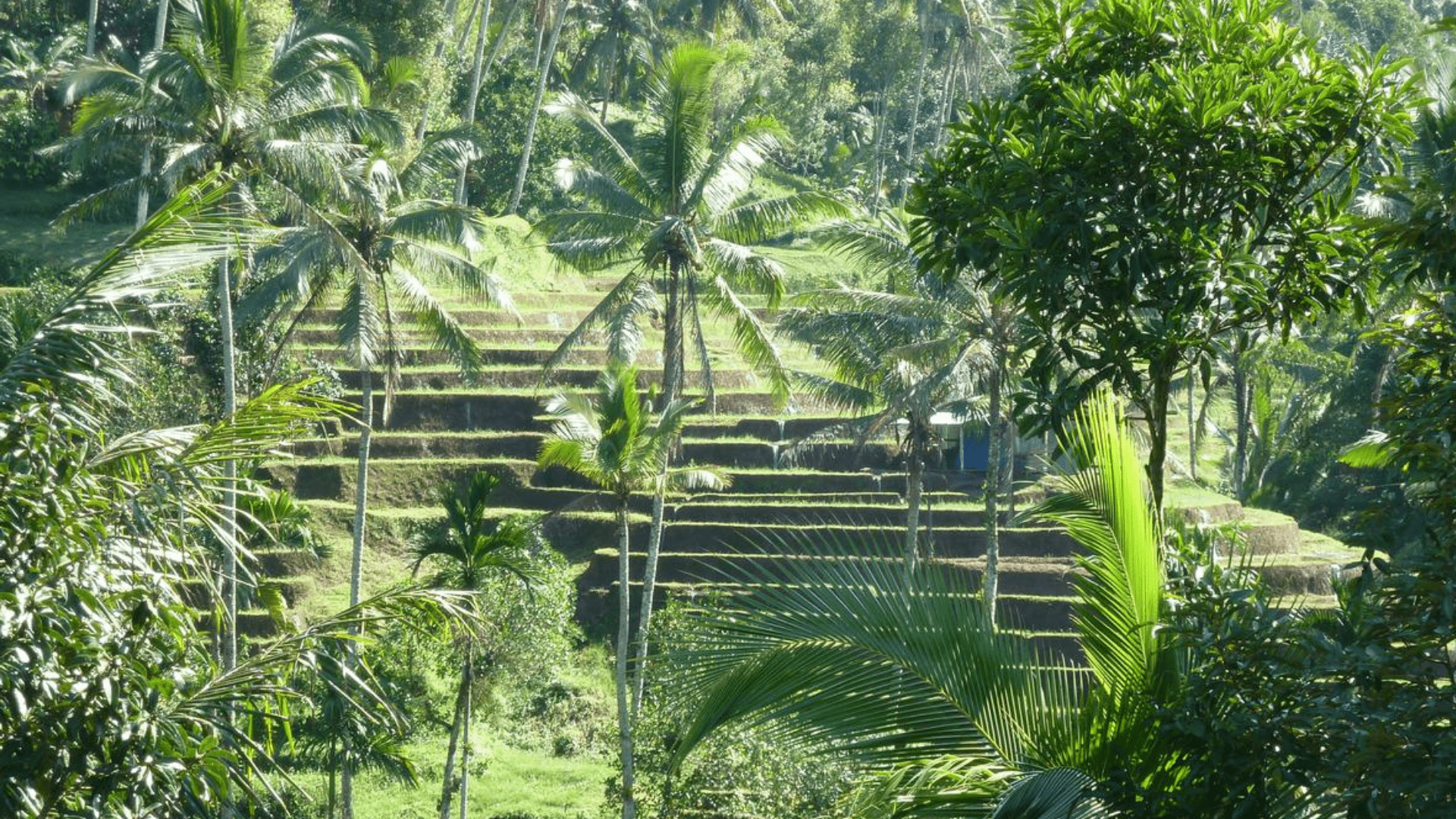

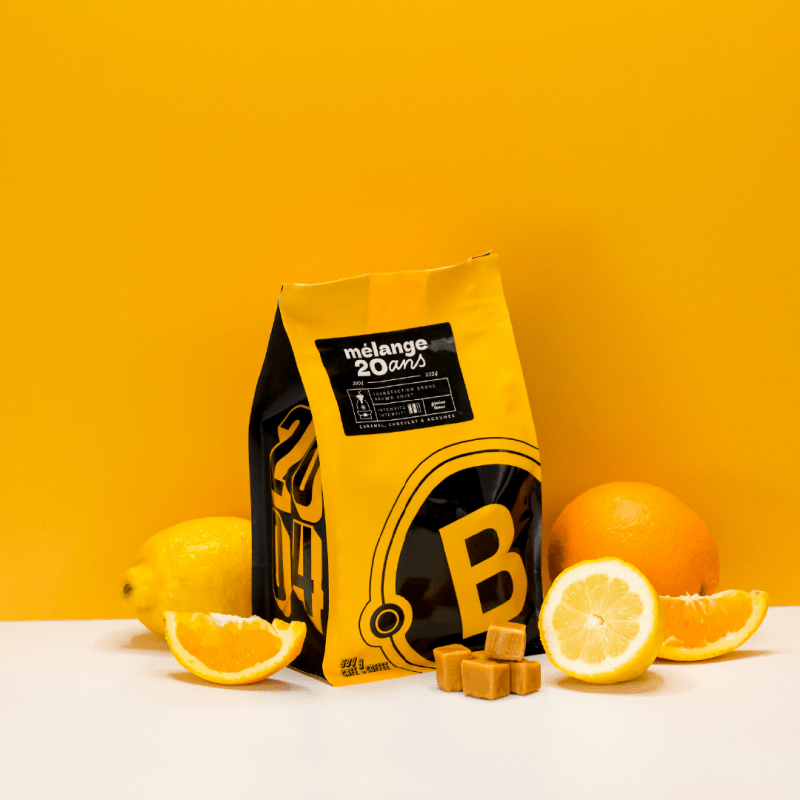


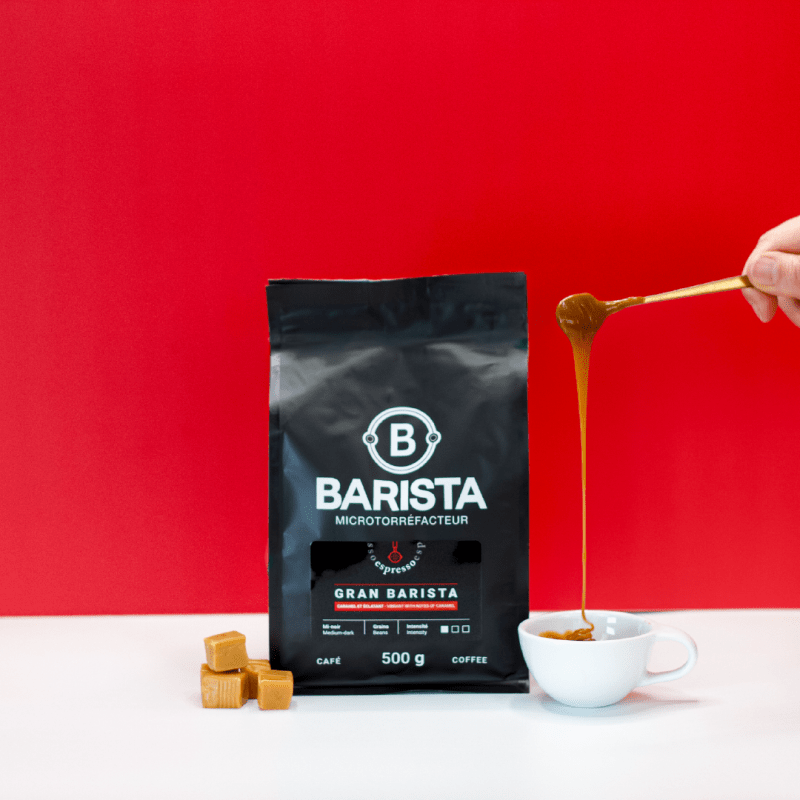
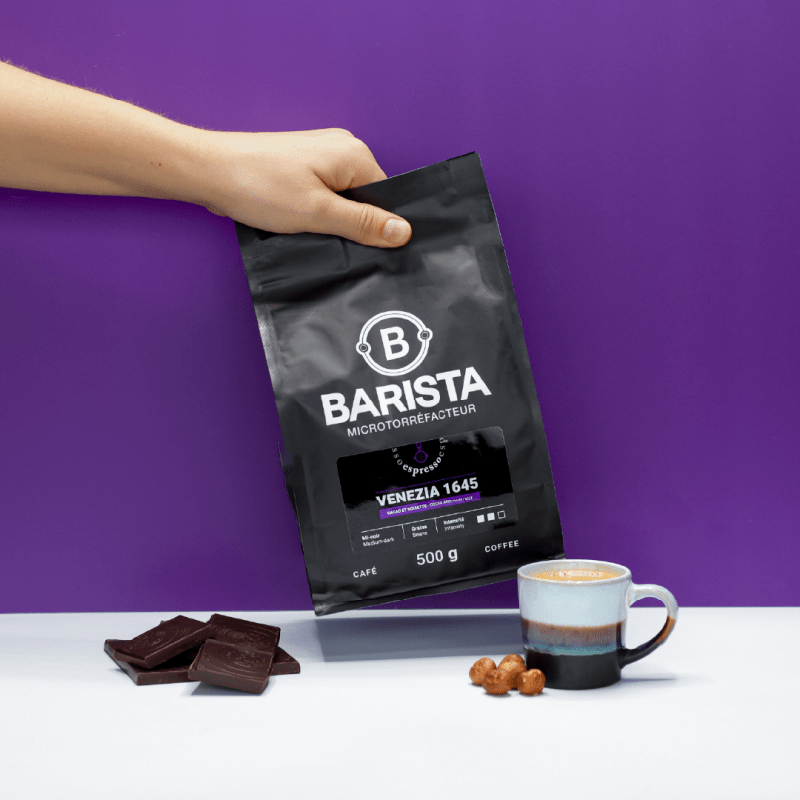

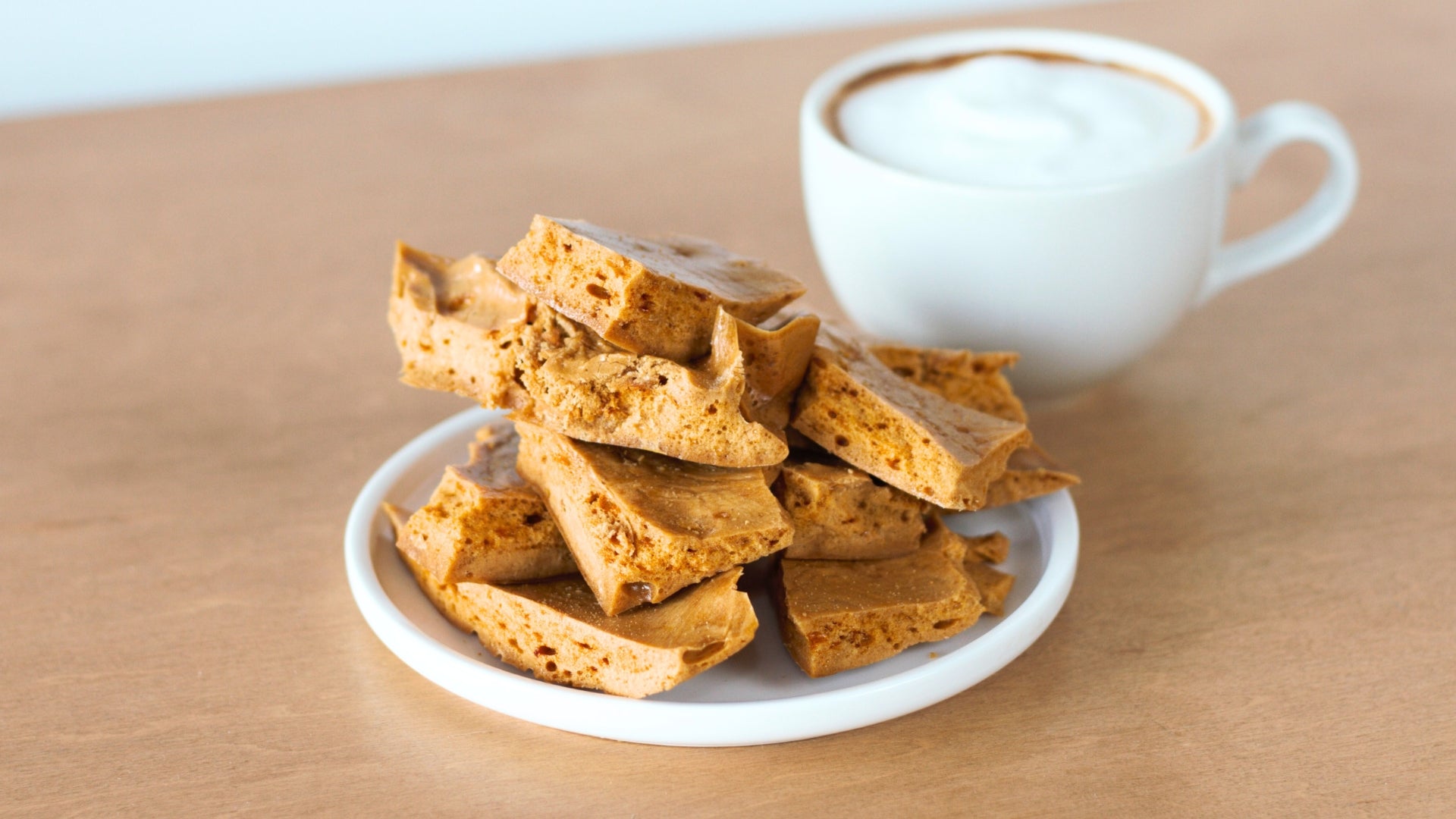
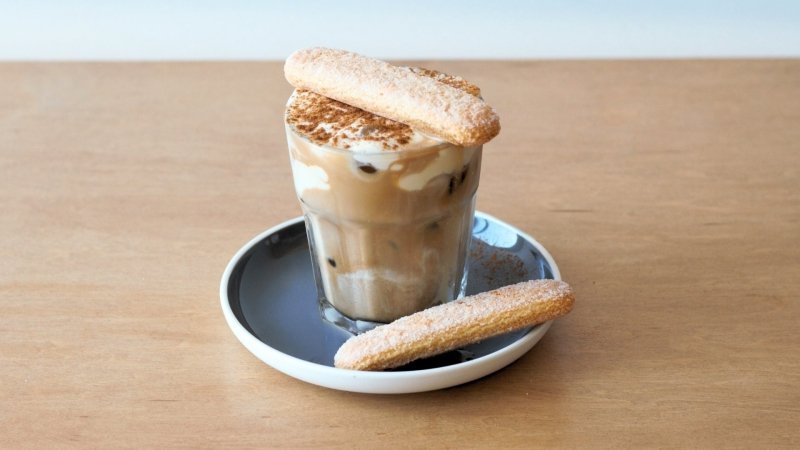
Share:
Au Pain Doré: Know-How, Passion, and Tradition
How to Calibrate a Commercial Coffee Grinder